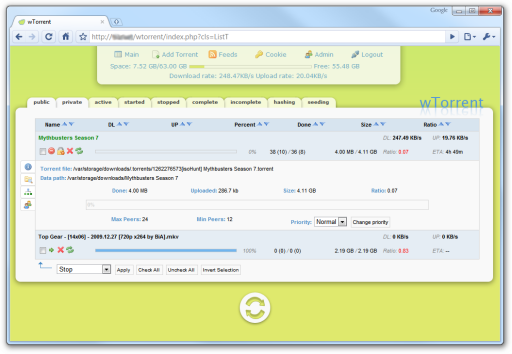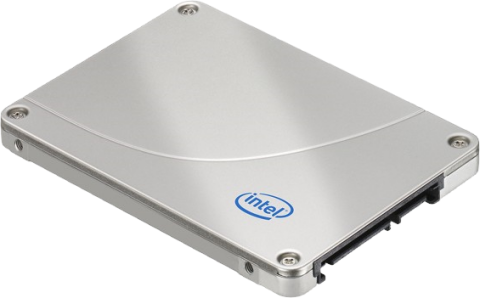Many games choose to store their resources in packages instead of
shipping the potentially thousands of individual files directly.
This is sometimes an attempt at tamper-proofing, but mostly it is
about performance. Try copying a thousand 1 KiB files from one drive
to another, then copy a single 1 MiB file on the same way – the
former operation will take many times longer.
A good choice for a package format is the well known .zip
archive. It’s not necessarily well-designed, but it decompresses fast
and you definitely won’t have any problems finding tools to create, modify
and extract .zip archives. Thus, when I started work on a file system
abstraction layer for my future games, seamless .zip support was one
of my main goals (I may also add 7-Zip at a later time
just for fun).
Here is the design I came up with after exploring the file system APIs
available on Windows, WinRT and Linux:

You may notice some rather radical design choices in my File class: there
are no Open() or Close() methods and there is
no Seek() method, either – each read or write specifies
the absolute position without requiring the file to be opened.
Read More




